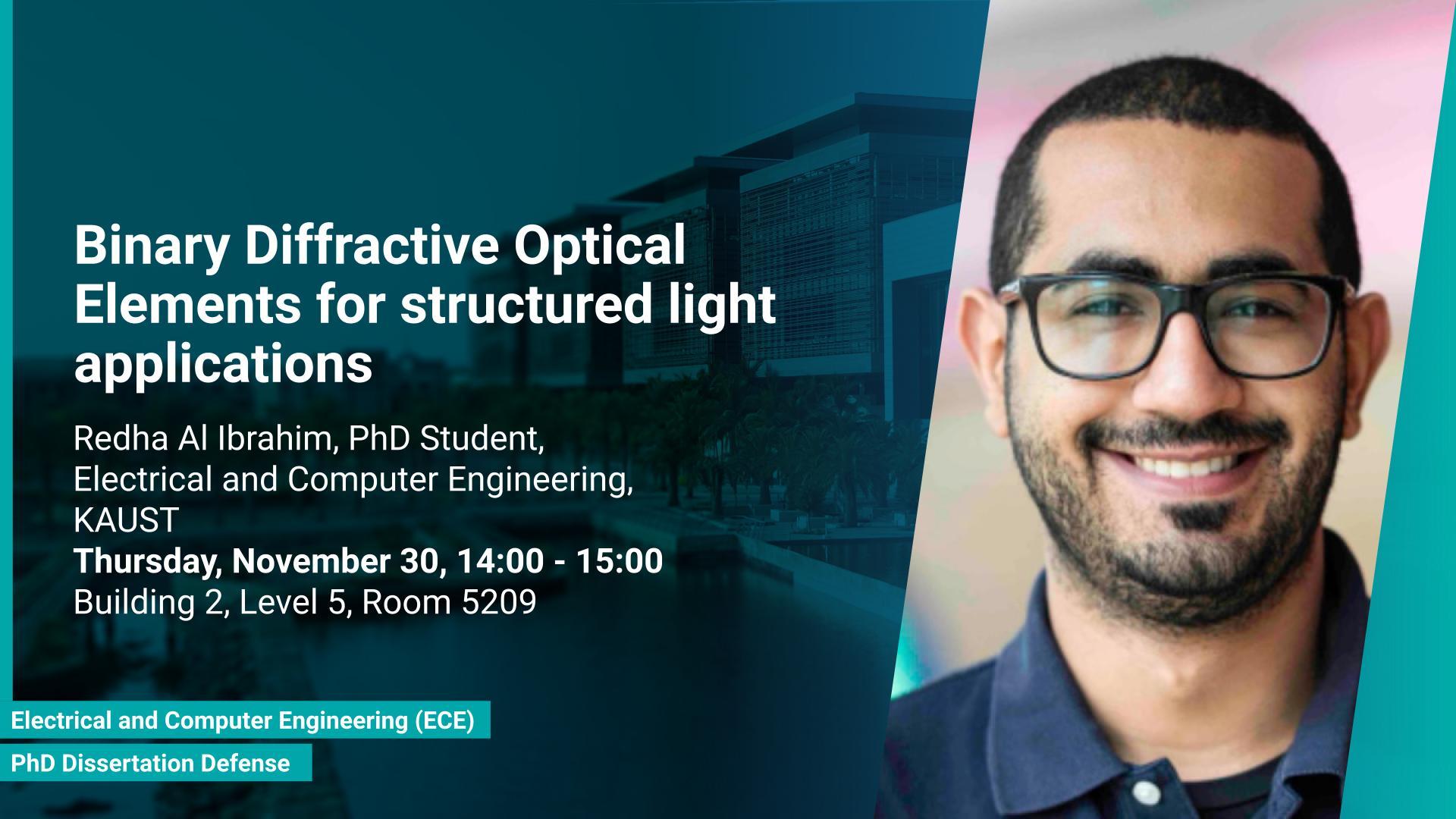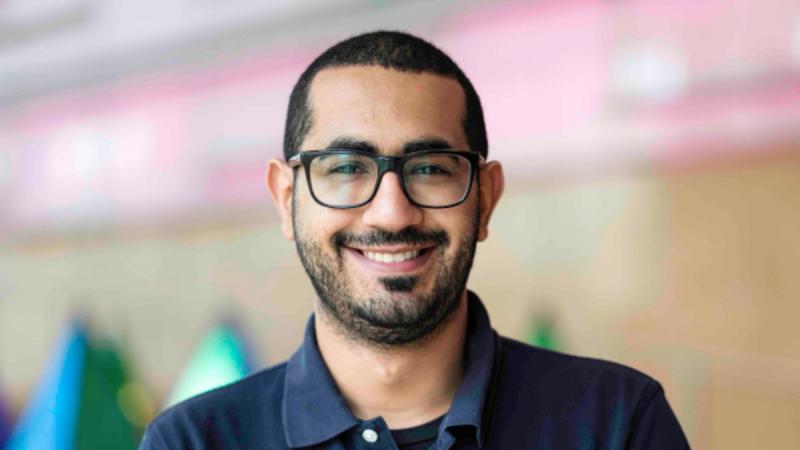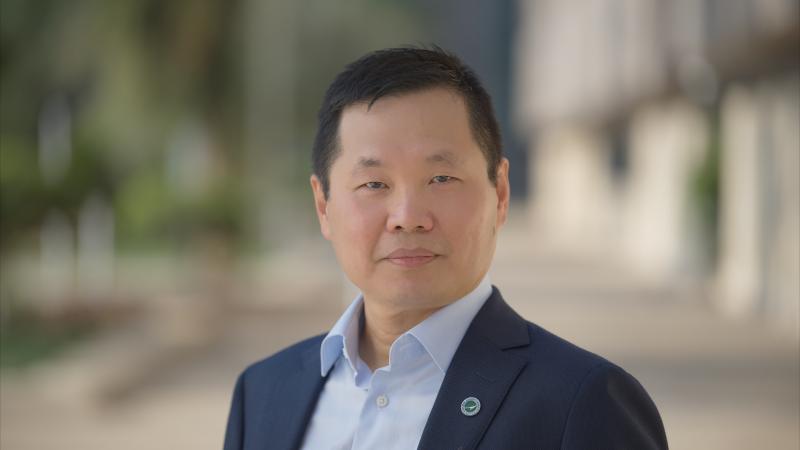Event Start
Event End
Location
Abstract
Light can be controlled through different degrees of freedom. An optical field is described through frequency, amplitude, phase, polarization, and wave-front structure. Many applications have been explored using these degrees of freedom, and some have great importance in our daily life. Amplitude and phase can be modulated using electrical fields and voltages that can be used to transmit data at high rates. On the other hand, frequency has played a huge role in increasing communication channels where the same link can support many channels with no cross-talk since each frequency is independent of the other and the interface between them is low to points it doesn’t exist. Structured light has paved the way for tailored waveforms that can fit a specific application or expand on what is currently used. One form of structured light that has gained fame recently are called Orbital Angular Momentum beams. These beams are characterized by their donut like shape and charge-carrying phase. These OAM modes are solutions to the wave equation and they form orthogonal bases which can be generated and modulated by existing technologies. The integration of OAM beams with the current communication system can increase the number of channels by sending data over orthogonal modes using the same frequency and same optical path. Other forms of structured light are phase objects, turbulence, aberrations, and interference patterns all of these could fall under the umbrella of structured light since they can be characterized by their wave-front. Hence it is essential to establish a platform for optical elements that are easy to use and to fabricate, similar to lenses, to be able to harness the most out of such fields. Therefore, this work explores Diffractive optical elements (DOEs) that are designed with special phase distributions to control, transform, generate, and extend the applications of structured light. The DOEs studied, designed, and fabricated throughout this work are optimized to be passive, scalable, easy to fabricate with single step methods on a low-cost substrates. This work explores OAM sorting, Perfect Optical Vortex sorting, OAM spectrum imaging, and Phase retrieval using diffractive elements in simulations and experiments.
Brief Biography
Redha H. Al Ibrahim is a PhD student in the Photonics Laboratory at King Abdullah University of Science & Technology (KAUST), working under the guidance of Prof. Boon Ooi. With a focus on photonics, Redha is dedicated to advancing scientific knowledge and contributing to cutting-edge research in his field.


